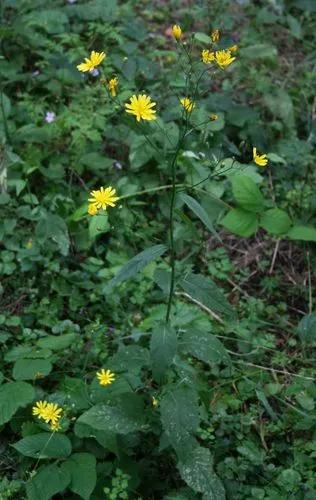Tagetes is a genus of annual or perennial, mostly herbaceous plants in the sunflower family. You probably know these beauties as "marigolds." These delicate and pretty annuals boast bright flowers that will turn your home collection or garden into a fairytale.
Marigold Care
Tagetes



Marigold is native to North and Central America. We can identify it as an annual plant easy to grow from seeds. Tagetes have orange, yellow, or white flowers. The plant can grow up to 4 ft (1.2 m) tall and 2 ft (24 in) wide. Marigold blooms in summer and autumn.
How to Care for the Plant

Water

Water your Tagetes regularly, for example, about once a week. However, make sure that the soil does not retain excess moisture; otherwise, it can cause root rot. Marigold tolerates drought better than excessive moisture.

Pruning

Pinching young plants will help prevent lateral branching and make the stems thicker. Also, cut off dried flower stalks and plant them in the soil to ensure longer blooms.

Fertilizer

This plant does not require fertilizer if grown in well-balanced soil, but you can supplement it with low-nitrogen products.

Sunlight

These plants can live in partial shade, but the best place for them is where they can get a lot of sun. Grow them on south-facing windowsills or outdoors.

Soil

Marigold grows in many soil types, but choosing a well-drained and balanced soil is best. The best acidity level is between 6 and 7.5, but it should be at least 5.8.

Propagation

The best way to propagate Marigold is with seeds. However, you can also do it using stem cuttings. Take the cuttings with clean, sharp secateurs, remove all leaves and buds, and plant them in moistened soil.

Temperature

Marigolds grow best in hot temperatures. The minimum temperature this plant can tolerate is 40°F (4°C).

Container

The material of the pots does not matter, but they should have drainage holes and be spacious enough because marigold grows quickly.

Fun fact

Be careful, as these beautiful flowers are toxic!

Popularity

2,718 people already have this plant 659 people have added this plant to their wishlists
Discover more plants with the list below
Related articles






